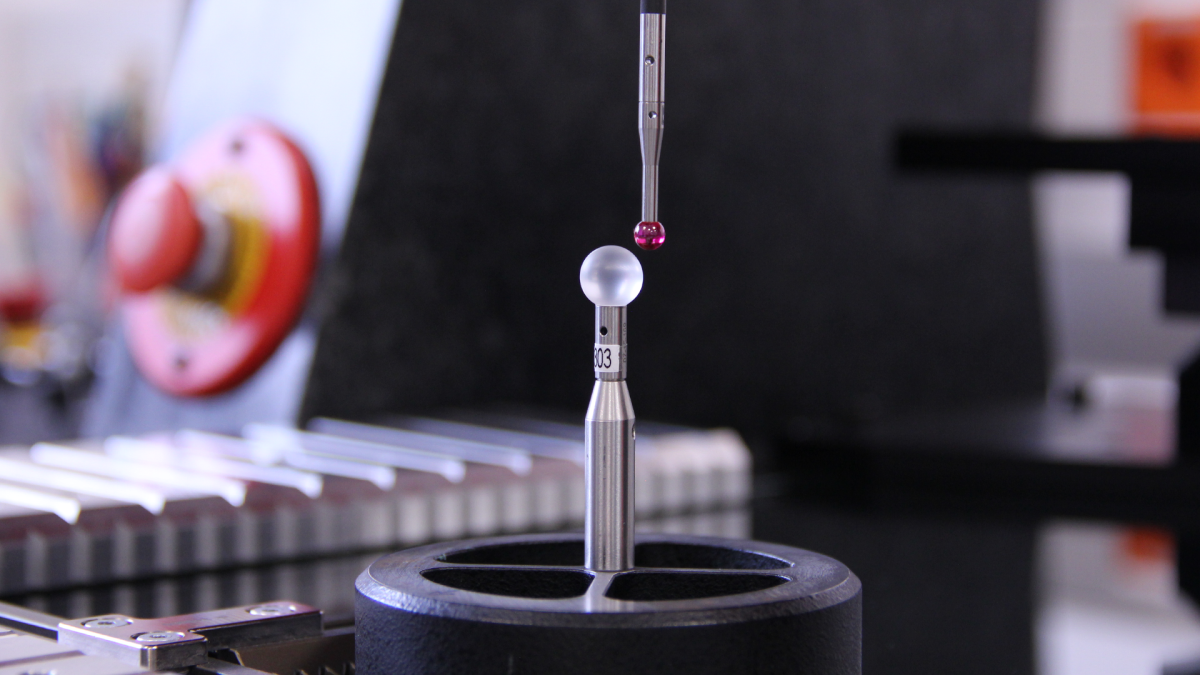3D measurement: Optical, tactile and by white light
The principle of 3D measurement
3D measurement is a versatile process that can be carried out from us with three different types of sensors. The first is the tactile sensor, which uses probes to touch or scan the components. The second is the optical sensor, which uses a camera to capture edges and contours. The third is the white light sensor, which is used to record surface points.
We use a fully automated coordinate measuring machine that allows software-supported evaluation. The measurement programs can be flexibly created and individually adapted to each component. The subsequent evaluation can also be individually adapted to the drawing specifications.
Before testing, cleaning the components is essential. Contaminants such as oil can affect the measurement and distort the results. Therefore, only clean samples are measured on the device. The coefficient of thermal expansion also plays a crucial role in the conformity of the components. For this reason, dimensional tests take place in a climate-controlled measuring room.
For the test, the components are firmly clamped on the machine. Then a program for measurement is created. With unchanging clamping, the same components can be measured one after the other. This ensures efficient and accurate measurement.
Your benefits
- A variety of measuring sensors for a wide range of applications
- Precise measurement of your customized components thanks to flexible measurement program creation
- Simplified program creation with the aid of CAD data
The Würth Industrie Service GmbH & Co. KG collects and processes the personal data provided in the form in order to process the requested request for you. Please note the mandatory fields in the forms. The legal basis for this processing, the absolutely necessary data, is Art. 6 para. 1 lit. b DSGVO, implementation of a pre-contractual measure. The processing of data voluntarily provided by you is carried out on the basis of Art. 6 para. 1 lit. f DSGVO. Thereafter, processing is permissible which is necessary to safeguard our legitimate interests. Our legitimate interest is to have contact with you, our customers, to improve our consulting quality and to be able to contact you more easily in case of possible queries. The data collected will only be stored by us for as long as is necessary to process your enquiry and to contact you. They are then deleted.
Supplementary data protection information, in particular regarding your rights to information, correction, deletion, restriction of processing, objection and complaint, can be found in our data protection declaration.

